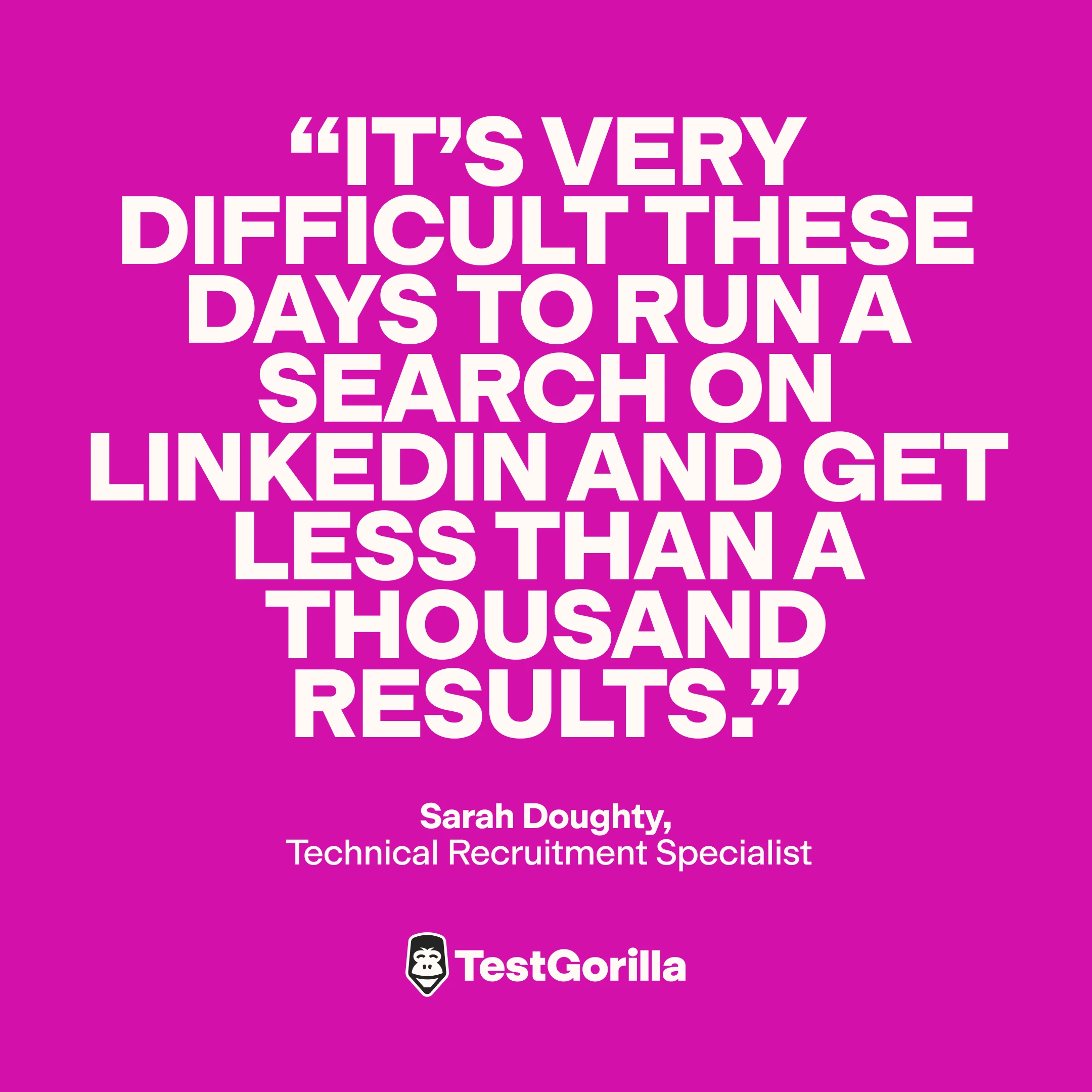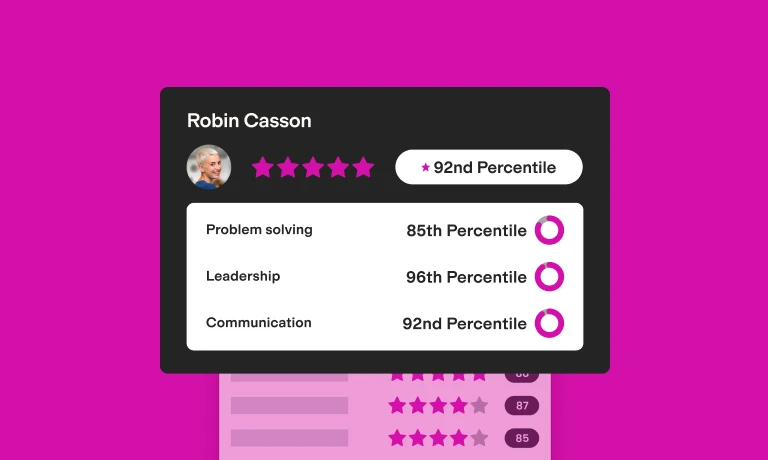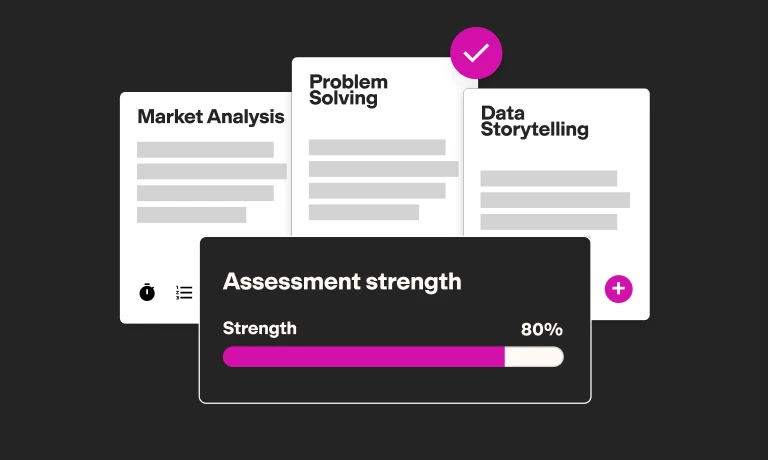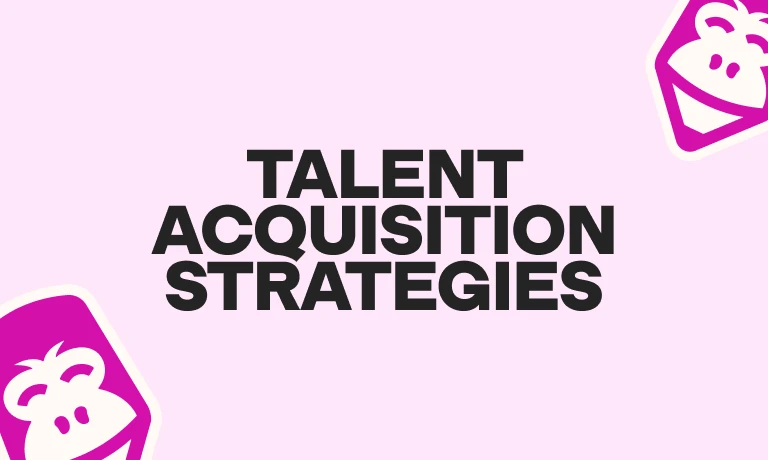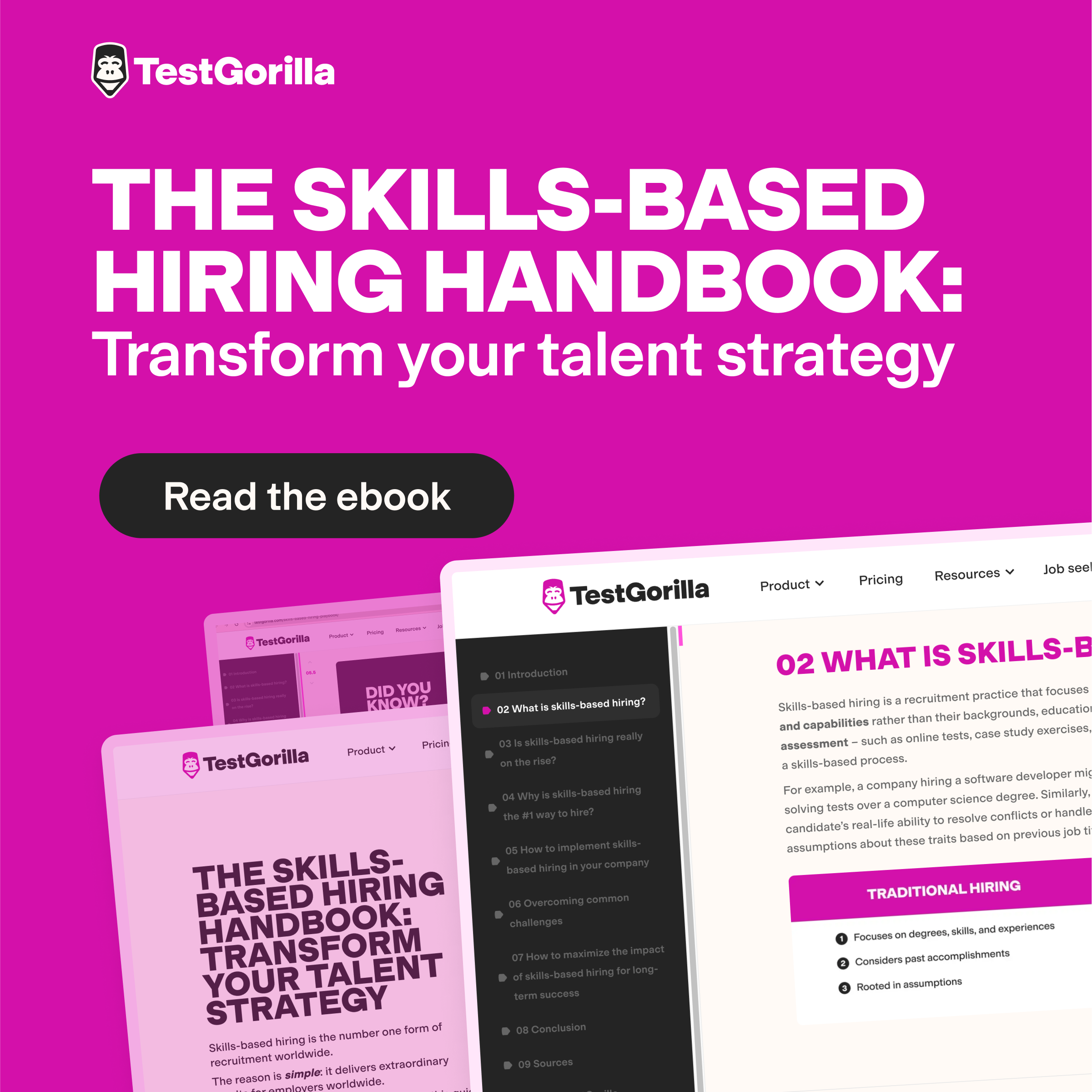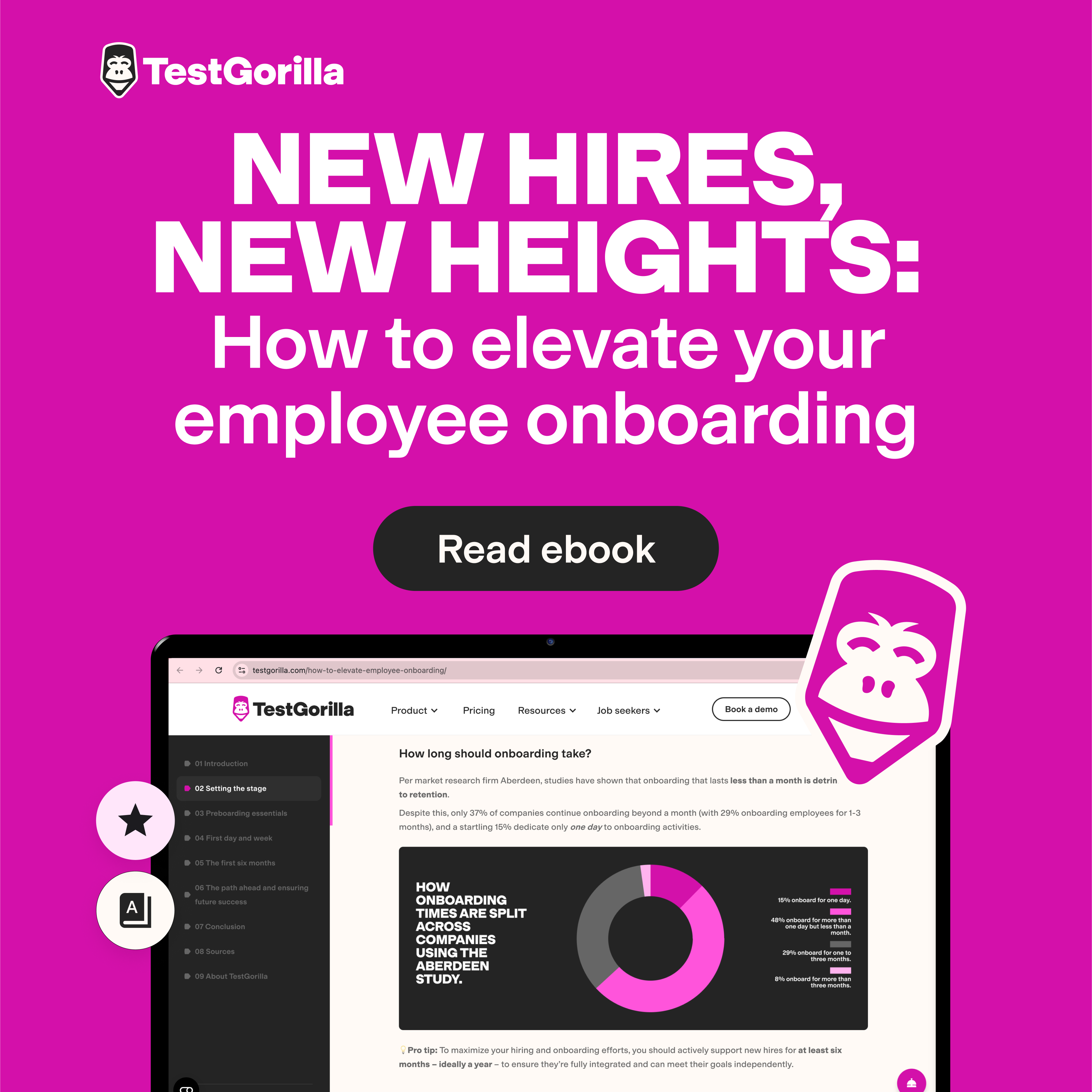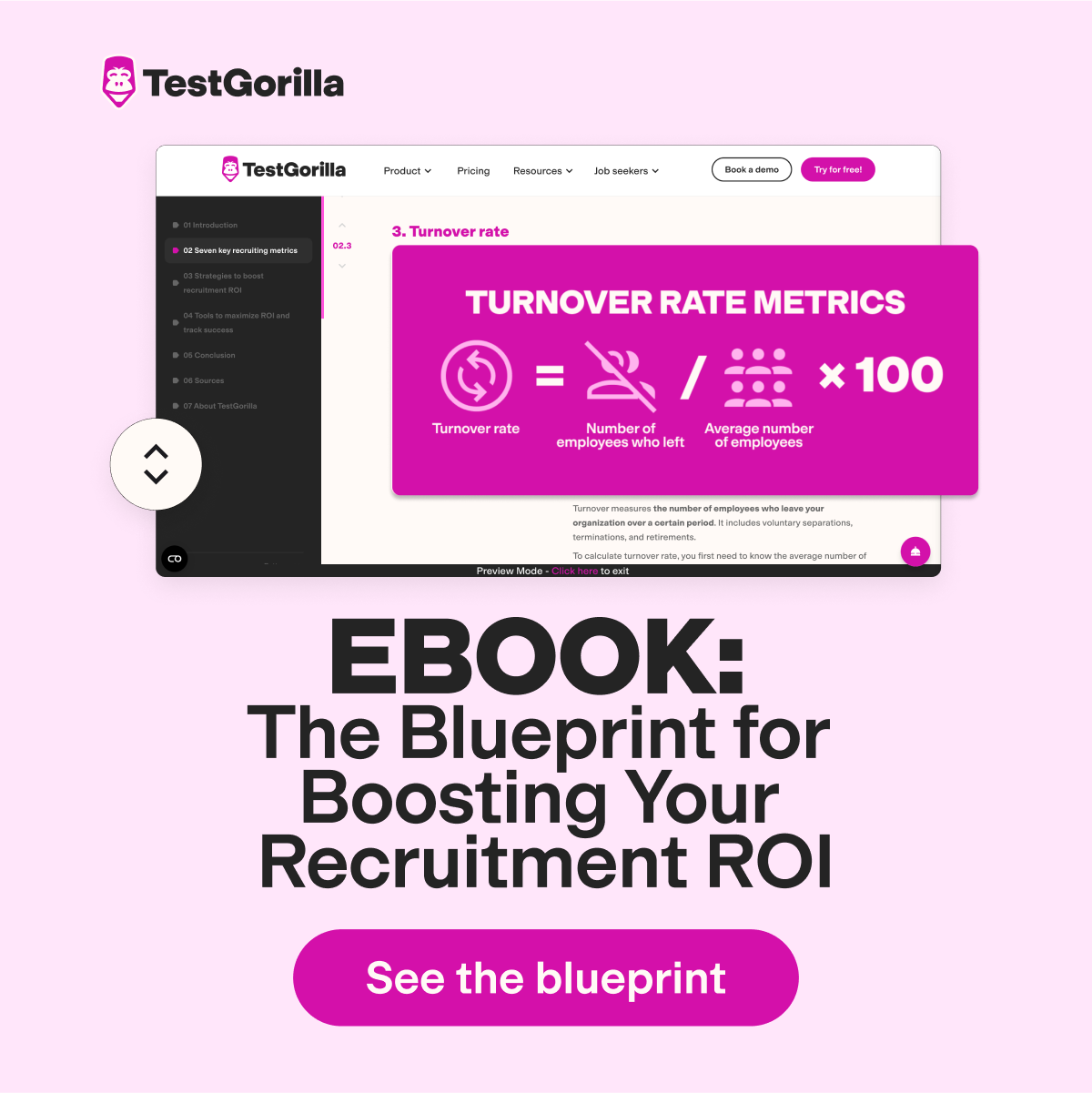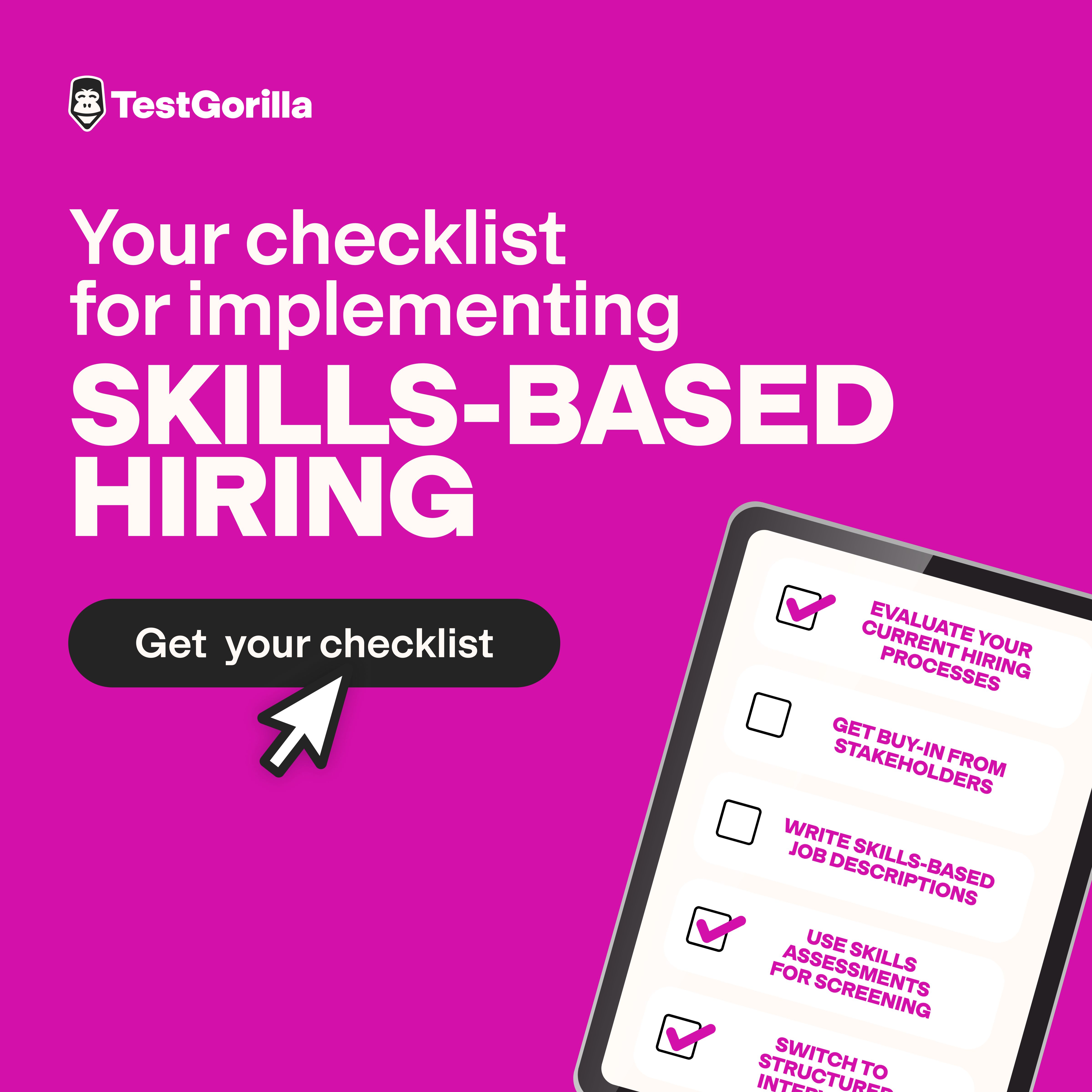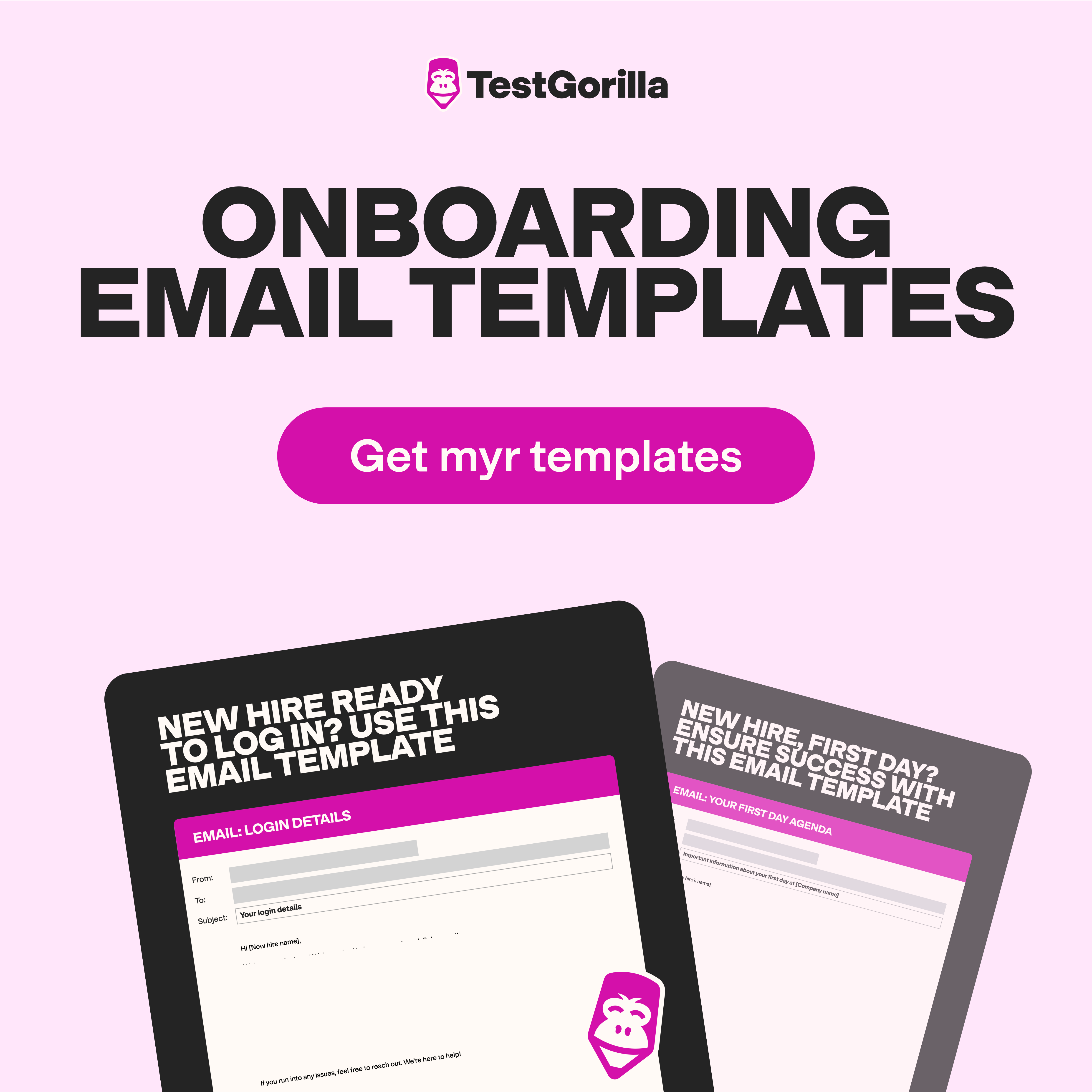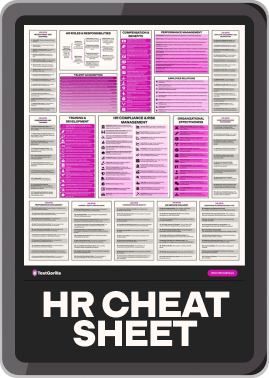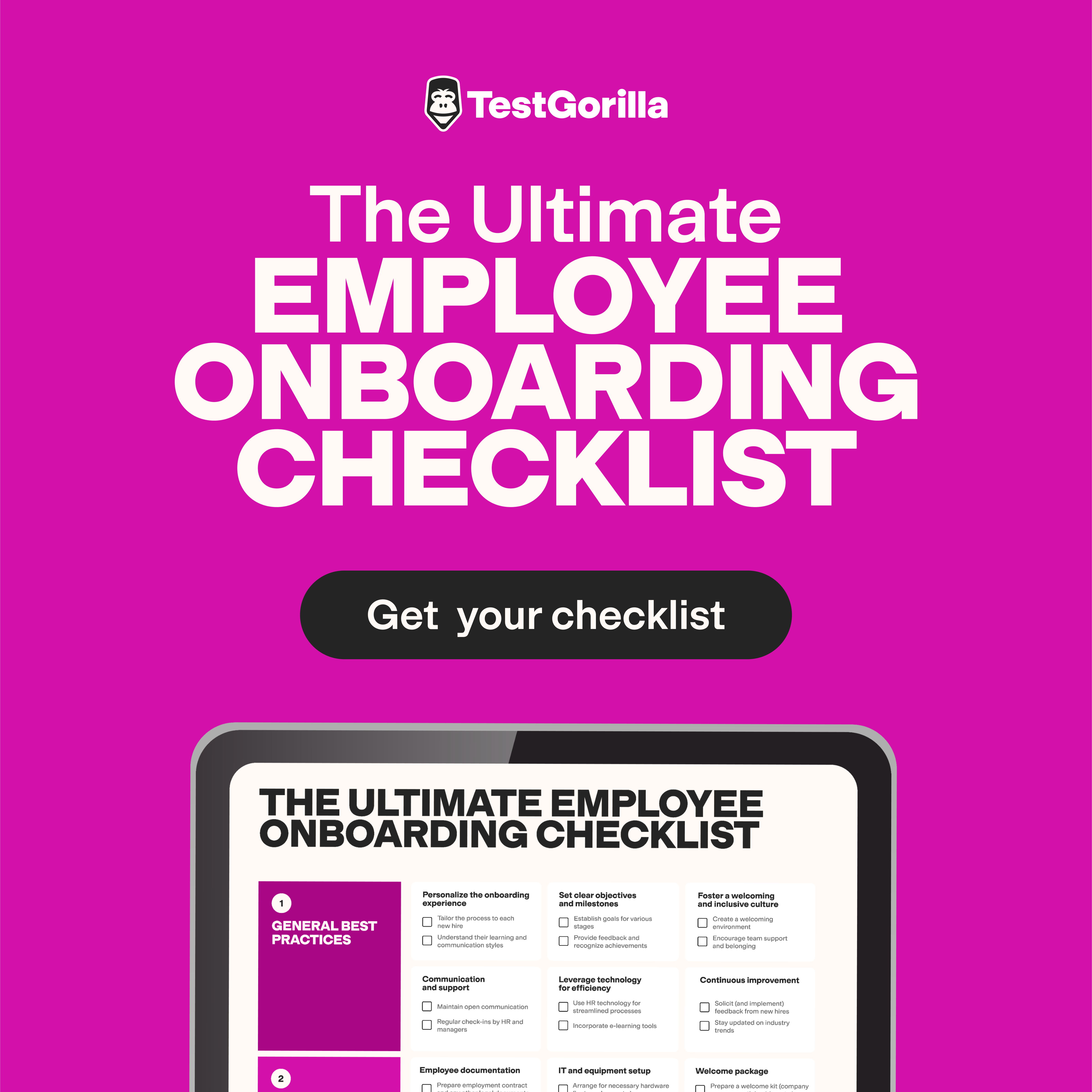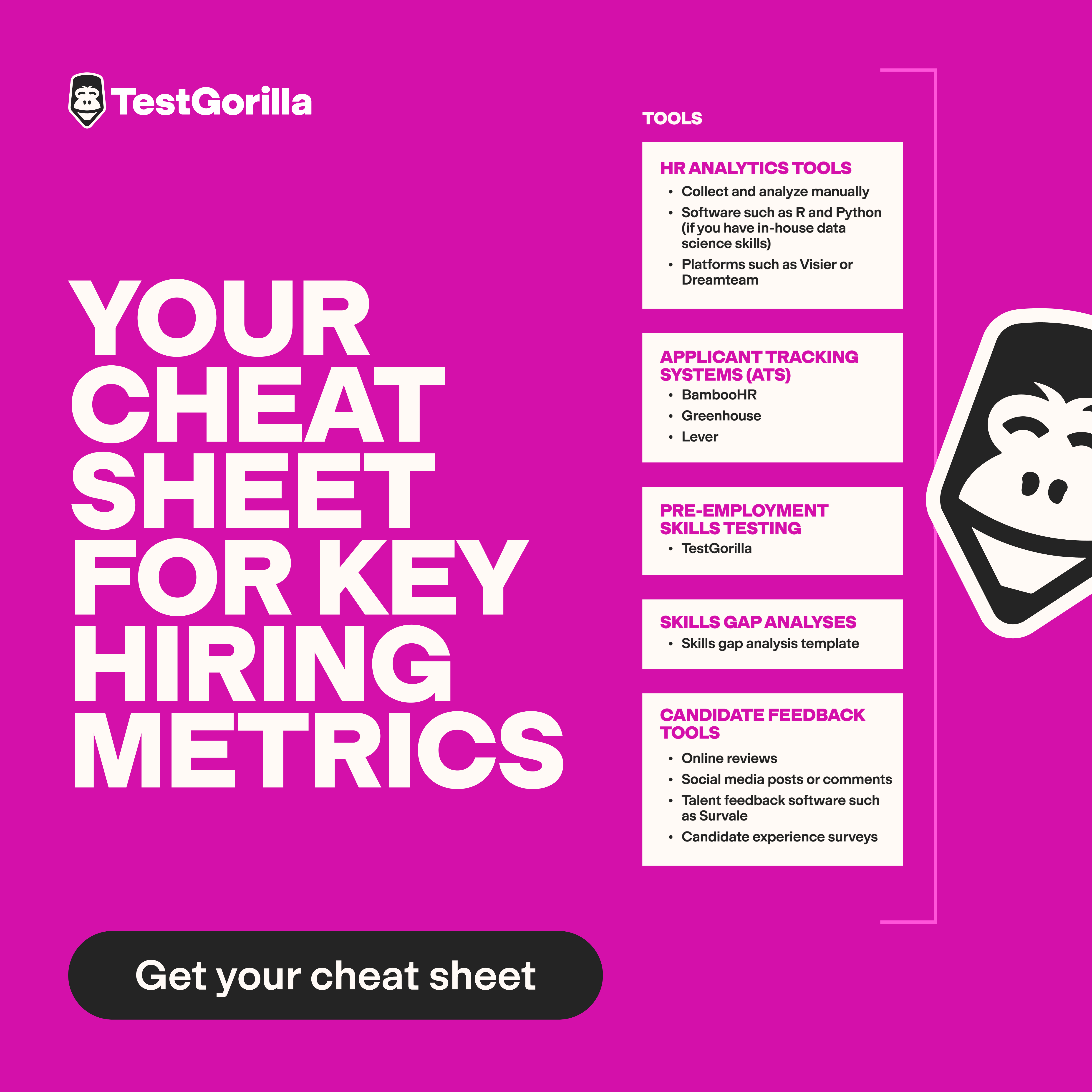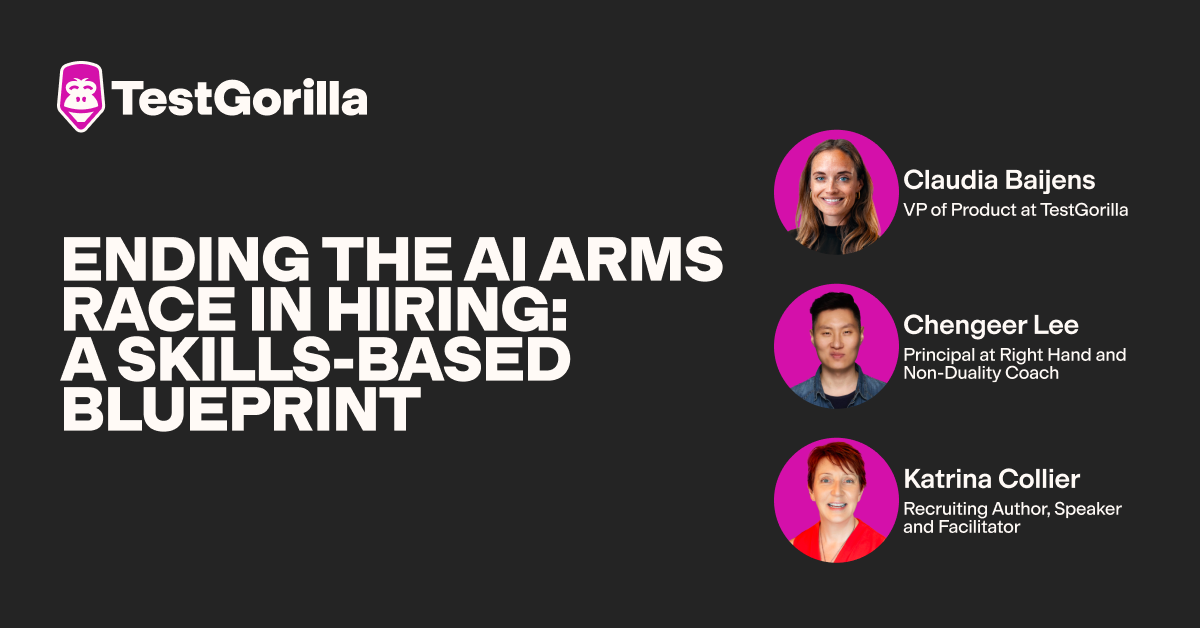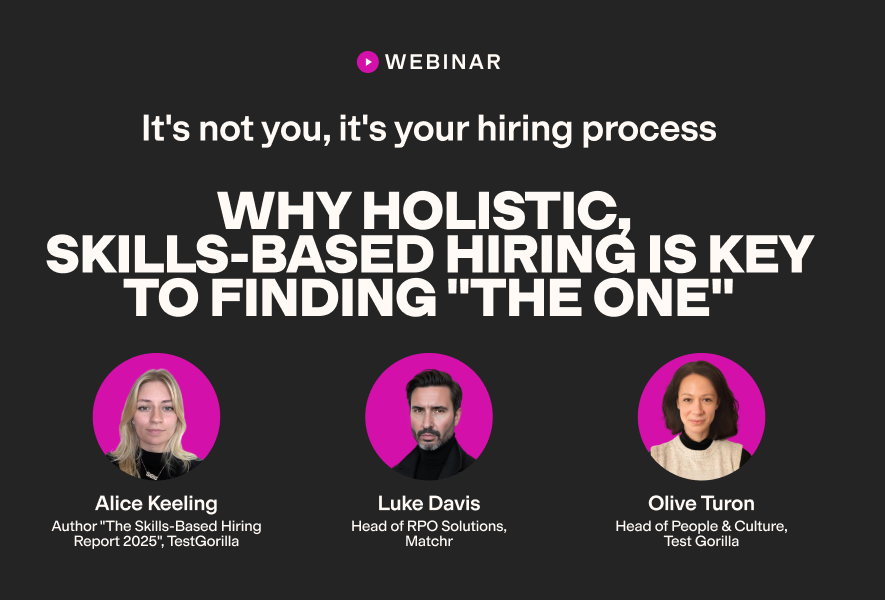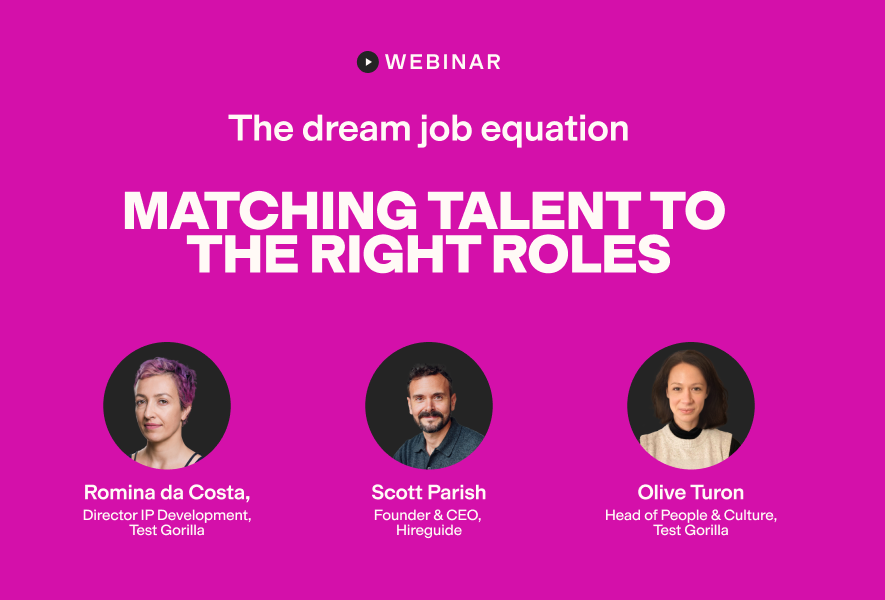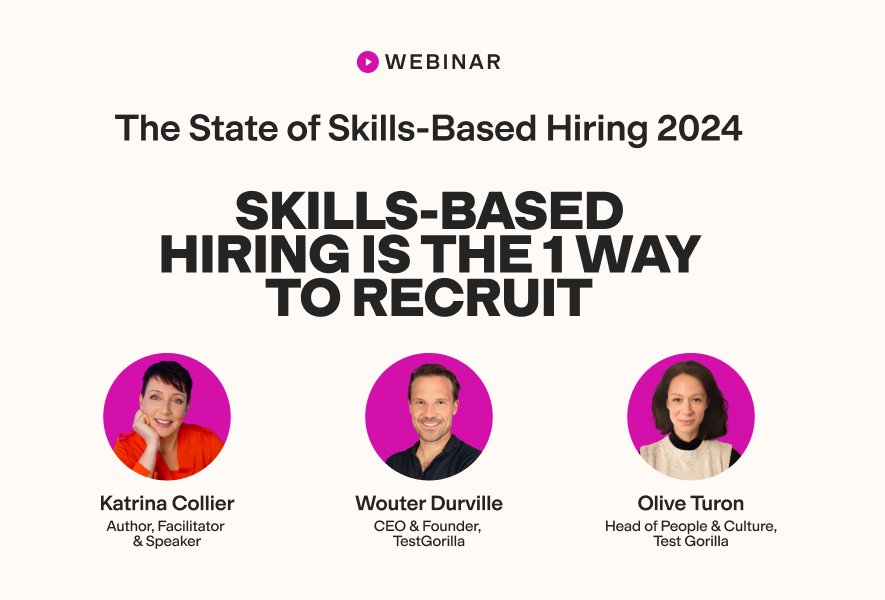LinkedIn Recruiter is letting us down: What sourcing experts are finally saying out loud
Sarah Doughty first entered recruitment at the cusp of its digital evolution. The rules were completely different. Even big players like Robert Half refused to let recruiters like her touch tools like LinkedIn Recruiter.
Back then, the industry was run by old-school headhunters who built networks, drew org charts on pieces of paper, and found leads and referrals over "mystical lunches."
"There was this really secretive smoke-and-mirrors industry," Sarah says. "You had these people who knew everybody."
Then, things shifted dramatically.
Table of contents
The first agency she worked for embraced LinkedIn early, enabling Sarah to instantly access talent pools that took years to build and were often previously subject to gatekeeping by headhunters.
"Here I am, day one, able to essentially interact with these same candidates that used to be protected, even though I hadn't done the hard work of building this sort of relationship," she recalls.
And, with the rise of LinkedIn came Boolean – a search tool that uses operators like AND, OR, and NOT to filter results. "If you understood Boolean searches and how to run one, you could really target very specific talent."
Unfortunately, that edge has dulled.
"LinkedIn has slowly changed the search functionality to a point where even the basic Boolean searches are not functioning the way they should," Sarah highlights. "It’s very difficult these days to run a search on LinkedIn and get less than a thousand results."
Let me give you a reality check: Sarah isn’t alone. Our latest The State of Skills-Based Hiring survey found that 63% of employers are struggling to find talent. On top of that, our sourcing report reveals that 73% source less than half of their new hires.
We spoke to several industry experts – from sourcing veterans who started from the ground up to company leaders who hire for their own businesses – and they’re all saying the same thing: LinkedIn Recruiter, once sourcing’s sharpest tool, is collapsing.
Inflated search results, deflated hopes
In its prime, LinkedIn Recruiter’s Boolean search tool was surgical. You could filter potential candidates with extreme precision once you’d worked out how to do a proper Boolean string with the right use of brackets, parentheses, and operators.
The more refined your string, the narrower the results, and the more likely you were to snag candidates with the exact skills, background, or job title you needed. Magic!
But over the past seven years, LinkedIn’s changes have silently degraded the platform’s search functionality, making it bloated, imprecise, and increasingly frustrating to use.
We discussed this with Nick Derham, Owner, at Adria Solutions, who has also founded a tech-focused recruitment agency. Nick made it clear that this isn’t about human error – it’s a change in the search functionality itself that’s causing chaos.
"Even well-structured Boolean strings return more irrelevant results than they did just a few years ago," Nick says. "It's frustrating when you know exactly who you're trying to find, but the platform still serves up unrelated profiles."
Why are Boolean search results sprawling with irrelevant profiles?
Different experts provided varying perspectives – each valid in their own right and thought-provoking.
When we interviewed Sarah Doughty, who by now has worked with hundreds of clients and is a recruitment advisor at TalentLab, she told us she suspects a product-market disconnect at LinkedIn’s end: The LinkedIn team might think it’s more valuable to provide more remotely connected matches over fewer actual matches. She blames part of this on the decision-makers at LinkedIn.
"From LinkedIn’s point of view, I think they see this as adding value because likely there's no sourcers directly involved in their product team," she speculates. "It’s the exact opposite of what a good sourcer wants… I don't want 10,000 results on every search.”
According to Lauren Salton, our very own talent acquisition expert at TestGorilla, the root of the problem seems to lie in how LinkedIn’s algorithm treats keywords. Instead of prioritizing recency or relevance, it flags any profile that includes the term you’re searching for.
"It gives you keywords… it doesn’t tell you if that person has that experience now or if they did it 20 years ago," she says. "Somewhere on their LinkedIn profile, they mention that they’ve got Python skills – how does that help me?"
I think this highlights a core flaw in the programming. Recruiters don’t just want anyone who once learned a skill or touched a tool. They want to know when they've used that skill and how recently – something LinkedIn doesn’t provide.
Rami Sneineh seems to hold a similar sentiment. As a VP at Insurance Navy, Rami highlights how Boolean’s declining search relevance has very real and risky implications in highly regulated industries like insurance, where it's non-negotiable for recruiters to zero in on which candidates hold the certifications and licenses they need for their products and locations.
"The use of Boolean search on LinkedIn has clearly lost its former advantage, and this has been evident especially in the insurance sector," says Rami. "Content-rich profiles and posts frequently contaminate the results.”
I think this begs an important question.
Is LinkedIn still a platform for recruiters, or a social media site masquerading as a talent solution?
If you’re trying to source talent on LinkedIn today, you’re not just competing with other recruiters. You’re also competing with content. LinkedIn is teeming with posts, likes, shares, personal branding, and other forms of engagement that seem to dominate the platform.
Sarah has seen the change firsthand and made a very interesting comparison. "I can see why recruiters are really demoralized, and you see it a lot on LinkedIn," she said. "It’s really devolved into sort of a professional Facebook."
And she’s not the only one who feels that way. Kira Byrd, Chief Accountant and Compliance Strategist at Curl Centric, said LinkedIn is quickly becoming a "content-first platform."
She acknowledges that "searching on LinkedIn using Boolean can still be useful," but she believes "its effectiveness has been reduced because the LinkedIn platform has a changing algorithm and more profiles have saturated the system."
As users post and share, the platform uses this data in its search algorithms while prioritizing things like activity and virality more than targeted queries.
According to Kira, LinkedIn "has become more oriented to sharing content, postings, and interactions instead of being a direct means of searching for professional connections…The new algorithm pays more attention to the visibility of the content, which complicates the use of LinkedIn as a recruiting tool alone.”
Rami from Insurance Navy has a similar POV.
"The problem with this trend of becoming more social is that it limits the relevance and specificity of search results, which is rather frustrating. Previously, you could simply use certain words to find the perfect fit in terms of a job or a partnership, but currently, it seems that a bigger net is being cast that is not as accurate."
Nick has seen the same trend unfold in the tech space.
"The increasing focus on content, personal branding, and user engagement makes the platform feel more like a social network than a serious sourcing tool," he points out. "These days, LinkedIn seems to prioritise engagement metrics and paid visibility over accurate matching. The original utility of LinkedIn as a searchable professional database is being diluted."
Rewarding the loud, not the skilled
So, what used to be a talent goldmine is quickly becoming a content swamp. Recruiters are struggling, but this pressure has a downstream impact on candidates who also rely on LinkedIn's platform and search function.
How are changes on LinkedIn affecting job seekers?
Once upon a time, candidates knew what to do to access jobs on LinkedIn. Build a profile, add their work history, list their skills, and the right recruiter would find them.
But that’s not how it works anymore.
Rebekah Rice, a career coach and former recruiter, shared an insightful post about this on LinkedIn.
"LinkedIn’s 2025 algorithm quietly changed everything. But most people didn’t notice. Now they’re stuck in digital silence. No recruiter messages. No profile views. No interviews."
Like our TA specialist Lauren, Rebekah puts this down to the new algorithm paying closer attention to things like keyword alignment and engagement.
Her insight for candidates?
"Your headline has to match search intent… If recruiters aren’t searching for it, LinkedIn isn’t surfacing it," Rebekah cites an example of candidates who list "growth hacker" as their job title on their profile but are applying to companies that are hiring marketing managers. "You’re getting skipped," she says bluntly.
Lauren echoes this.
"If your profile isn’t formatted right, doesn’t surface keywords clearly, or isn’t scraped well by AI, you’ll get missed," she says. "It’s not going to be a human anymore looking at candidate CVs."
And it’s not just about headlines and keywords. Rebekah points out that "Low engagement, especially on comments, drops your profile in search rankings."
Kira Byrd from Curl Centric confirms, "Engagement and connections have a greater impact on search results," and Nick Derham, experienced in tech recruiting, has also observed the same in tech: "The algorithm seems to favour users who are more active or already have high visibility."
In short, candidates who aren’t using the right phrases and aren’t loud enough aren’t being found, no matter how skilled they are. No wonder 7 in 10 job seekers are finding it hard to land jobs.
And it doesn’t end there. Candidates are also having issues using LinkedIn to see which jobs best fit their needs.
Over on Reddit, users have shared their experiences with looking for jobs using keywords like "relocation" or "visa support." One user writes:
"The LinkedIn Boolean job search has been broken for a while now," they say. "The search skips over jobs which I know for sure contain these keywords, and returns jobs which don’t contain these words at all."
The best insights on HR and recruitment, delivered to your inbox.
Biweekly updates. No spam. Unsubscribe any time.
Where recruiters stand on LinkedIn today
Despite all this, LinkedIn remains the top dog for hiring and job searching, with 77% of recruiters still using it for sourcing, by its own estimates. But how are recruiters and leaders feeling about using the platform today?
Recruiters just want sourcing tools that work
Our interviews revealed that recruiters are starting to have trust issues with LinkedIn that go beyond its recruiting tools.
Adria Solutions owner Nick spoke about LinkedIn locking key sourcing features behind expensive plans. "One of the major limitations is the cap on search views and InMail reach, unless you're paying for the highest-tier Recruiter licence.”
Meanwhile, Sarah from TalentLab opened up about a direct conversation she had with LinkedIn’s team about her struggles with Boolean search. "I’ve given LinkedIn this feedback. I just don't think that they really care."
From what Sarah recalls, LinkedIn’s solution to the problem was to offer free training for Sarah’s team. She quickly learned that it wasn’t actually "free," though.
"They wanted us to completely open our books to them," she said. "They wanted to know how many placements we did, how many candidates we were submitting. They wanted to know our client list. And I was like – this is proprietary data. Like, no."
While the LinkedIn rep insisted the intention wasn’t to overstep, Sarah felt the exchange was "very invasive."
LinkedIn claimed they’ve had other clients, including larger companies, undertake the training and provide this data. Shockingly, the rep also shared that many of the other managers and leaders they’re talking to don’t actually know how to use LinkedIn.
According to Sarah, "It’s bizarre at this point when you’re getting feedback from the largest tool on earth for recruitment, that most recruitment managers are admitting they have no idea how to train their staff.”
This is a concern. Are companies handing over their sourcing strategies and proprietary data for free to a platform they don’t understand, in exchange for expensive insights they could be generating themselves?
Ultimately, Sarah’s request was simple. "I said what I'd really like you to do is fix your Boolean search... I’d love it to go back to really working."
But instead of fixing the problems recruiters are experiencing, LinkedIn Recruiter seems more focused on monetizing content, teaching hiring teams how to use a product that isn’t working as it should, and gathering user data in the name of training.
LinkedIn's got staying power, but sourcing teams are going back to the basics
Recruiters may not be shouting it from the rooftops, but many have already started walking away from overly relying on LinkedIn Recruiter and started using their own creative sourcing strategies.
In some cases, recruiters like Sarah are taking a quiet backslide into the past.
"We’re going back to this very traditional 90s model of headhunting," she says. Her team is going back to manually reviewing individuals who could be looking for work and targeting companies to source candidates from – rather than depending on LinkedIn’s search.
This mantra is core to how Sarah is training new recruiters at TalentLab. She wants them to know everything about a target company, including who works there, what work they do, why they might be looking for a new opportunity, and so on.
"I want [recruiters] to talk to people from that company in various roles. Find out what’s good, what’s bad, what’s amazing, what’s frustrating about it… It’s really the only workaround at this point for these really terrible tools that I think are borderline not functional anymore."
Others are taking a hybrid approach – mixing old-school strategies with modern tools.
"Yes, I have returned to conventional sourcing strategies," says Kira Byrd. "Developer platforms such as GitHub, industry-specific forums, and direct access through email or referral have been more effective," she adds.
Kira also taps into tools like SeekOut, which offer more advanced filters, and continues to rely on face-to-face connections. "I still cannot imagine my sourcing strategy without offline networking, especially at industry events," she admits.
Rami Sneineh has taken a similar path.
"My reaction has been to revert to more conventional techniques of sourcing, which are more accurate and better understood," he says. "Direct contact, especially via an email or a phone call, will enable me to avoid the noise and reach potential partners or clients directly."
Finally, Lauren Salton from our own team says that while she tends not to use Boolean searches anymore, she’s still using LinkedIn’s native profile search filters in some capacity, though it’s still not impressive.
"You can put in how many years of experience you want, or if you want any specific countries…all of a sudden it’ll just pop up with a load of people, but it doesn’t give you the keywords."
Learn how to communicate with hiring managers to increase buy-in and investment in sourcing tools.
What's next for sourcing?
According to Lauren, while LinkedIn still dominates the sourcing market and "has the monopoly at the moment," it’s "very expensive for what it is" and isn’t moving with the modern world the way other tools are.
With trust in LinkedIn Recruiter fading, hiring teams are sharpening their toolkits with smarter ways to source top talent.
Lauren Salton, for instance, is exploring platforms like Juicebox, which are built with AI and skills in mind.
"You put in job titles, years of experience, and anything else you want. Juicebox searches across their GitHub, LinkedIn, and scrapes multiple places. It also relates it to when that experience was," she explains. "Then it gives you a list and a percentage of how much [candidates] meet your criteria…and ticks a box if they have recent experience."
From there, Lauren’s team uses LinkedIn for outreach, but only after smarter tools have done the heavy lifting.
"So you can still use LinkedIn, but I think a lot of places now are using a step before, that’s a bit more savvy – something that's going to do the work."
I had a quick chat with HR and hiring expert Yashna Wahal, who emphasized another shift that’s shaping the future of hiring: skills-based sourcing.
"I love the idea of skills-based job boards, where you can just post open roles and set assessments for candidates to take at the first stage of the application process. Some even provide a ready database of candidates who've taken skills tests, along with their scores.
“You get qualified matches based on their true skills, not whether they’ve used the right keywords or are the next big social media influencer," Yashna shares.
As you can see, the smartest recruiters are taking things into their own hands and getting creative with how they source talent. These are the teams that will get ahead of the curve and scoop up top applicants before others even realize there’s a problem with older platforms. If you’re interested to learn more about the skills-based sourcing strategies mentioned by Yashna, check out TestGorilla Sourcing.
You've scrolled this far
Why not try TestGorilla for free, and see what happens when you put skills first.


